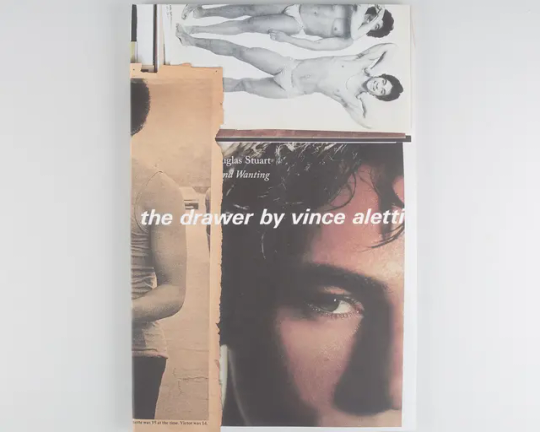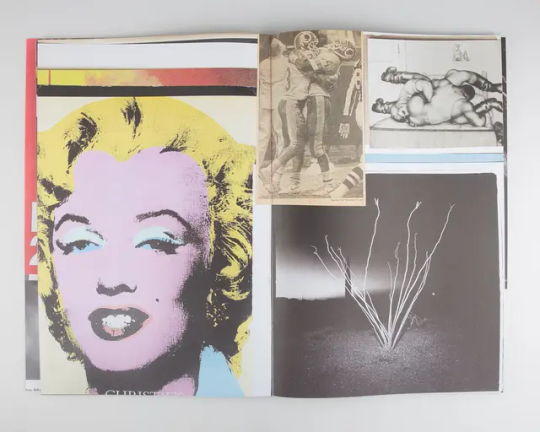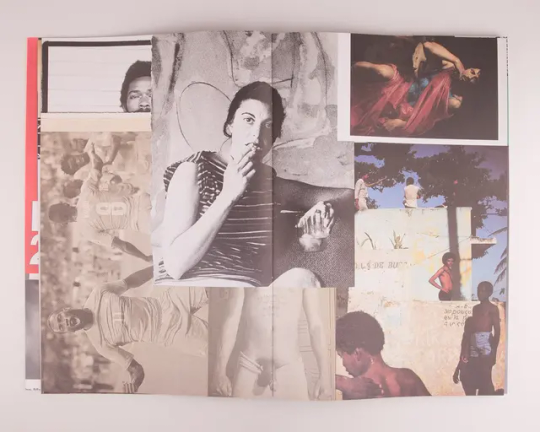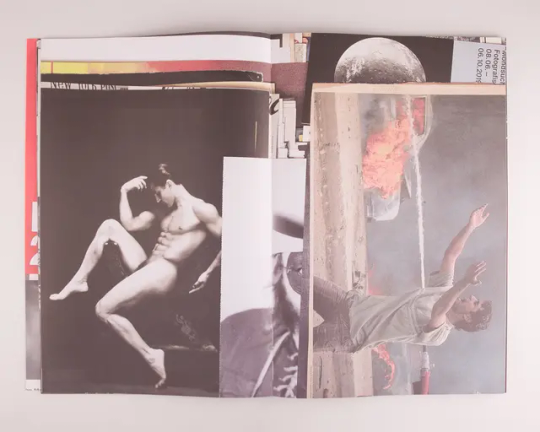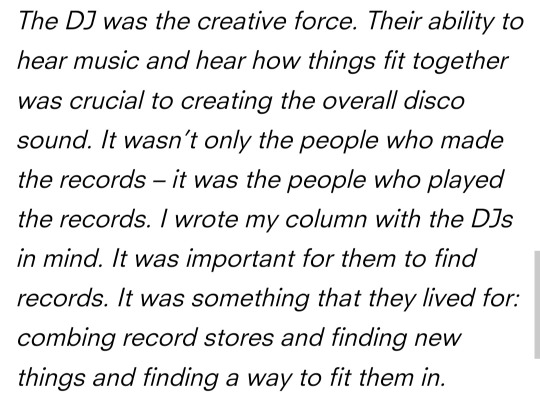#Vince Aletti
Photo
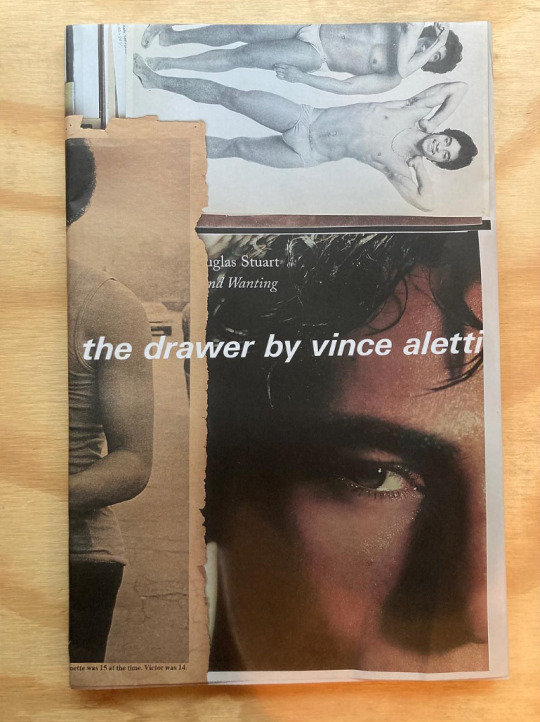
Vince Aletti via Dashwood
10 notes
·
View notes
Photo

@craigspoplife The Village Voice review of Madonna's "Justify My Love (The Beast Within Mix)." It sounds like Vince Aletti, and I pretty much clipped out all things Vince Aletti. But let me know if it's someone else. Madonna - Justify My Love (The Beast Within Mix)
youtube
#Madonna#1990#Justify My Love#Vince Aletti#The Village Voice#The Beast Within#Lenny Kravitz#Madonna remix#Queen Of Pop#Madonna 1990
10 notes
·
View notes
Text
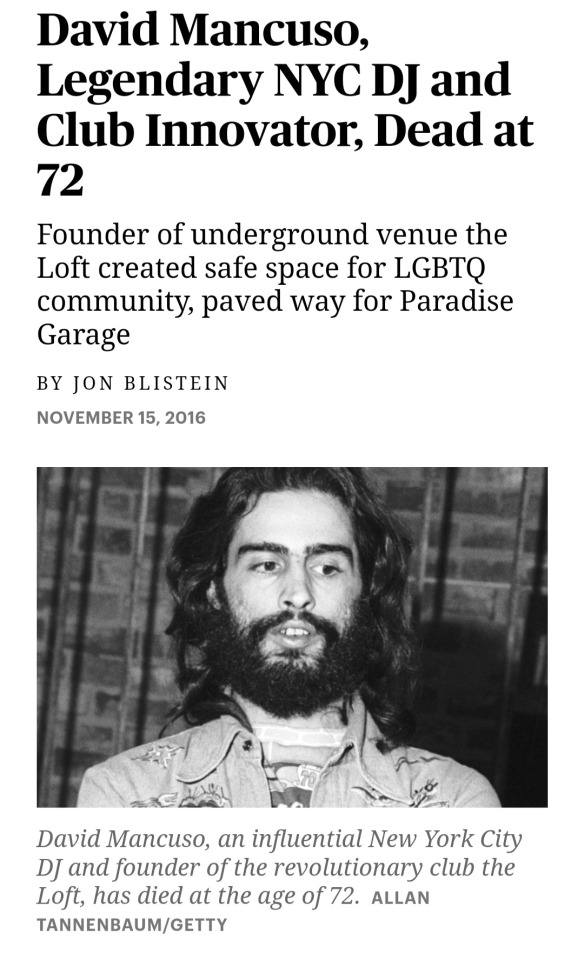
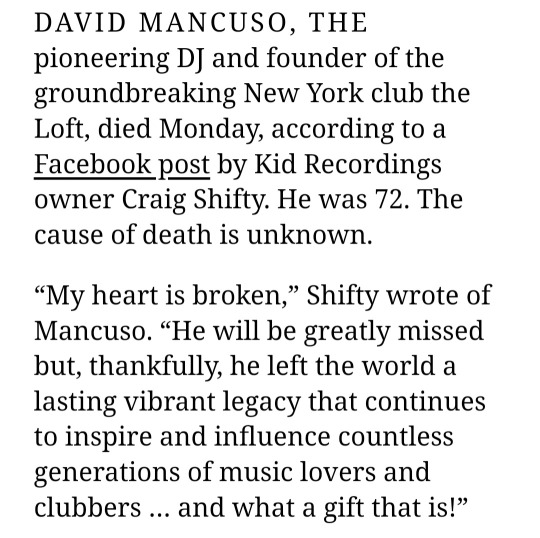
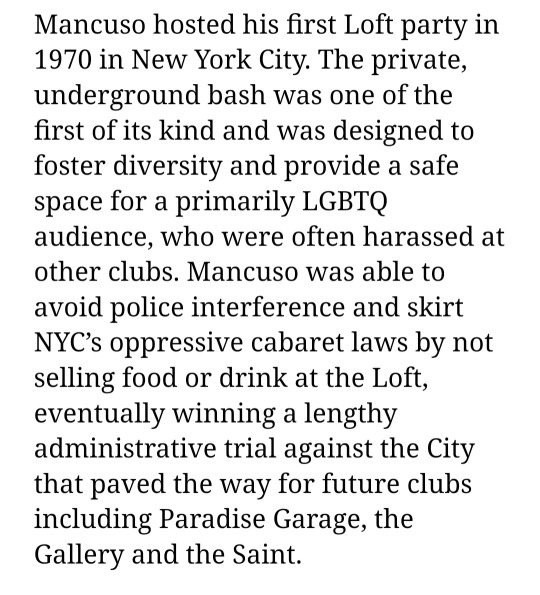




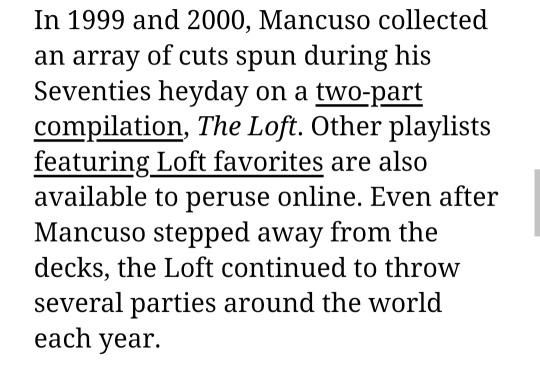
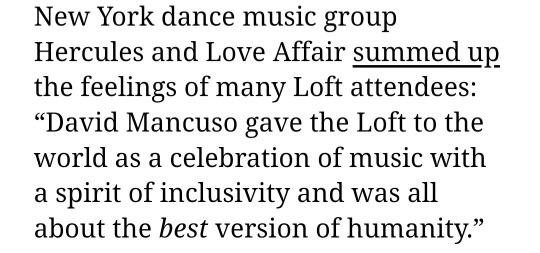
For Vince Aletti, a young music critic in New York, Mancuso played a lot of music he didn't know about. The biggest music magazines at the time - Rolling Stone, Creem - were dominated by coverage white rock-and-roll acts. Aletti, who grew up outside Philadelphia, preferred R&B and soul music, and he carved out a niche writing about major artists in those genres, such as the Jackson 5 and Mary Wells. Then he began going to the Loft.
Mancuso was an antiques dealer and music fanatic when he opened the club in his twenties. He had grown up in Utica, New York, and set out for Manhattan in his late teens, immersing himself in the hippie counterculture of the East Village. In 1973, Aletti published a piece in Rolling Stone called "Discotheque Rock," which is often considered the first major piece to shine light on what had been an underground phenomenon. The following year, he began writing a weekly column for Record World, a music-industry trade magazine. He wrote the column for five years, reviewing hundreds of records along the way and serving as a witness to a series of evolutions in dance music. In 2009, DJhistory.com published his columns as a book, which, like the column itself, was called "Disco Files."
In 1977 he wrote a tribute to the dj Jimmy Stuard, who had just died in a fire at the Everard Baths, in Manhattan. The pages of "Disco Files" are filled with the names of others - Larry Levan, Sylvester, Arthur Russell, Patrick Cowley - who also died young, casualties of a disease that few understood. As AIDS spread, the early disco community was decimated.
And the speed at which disco became a get-rich-quick phenomenon influenced popular perception of the genre for decades to come.
1 note
·
View note
Photo

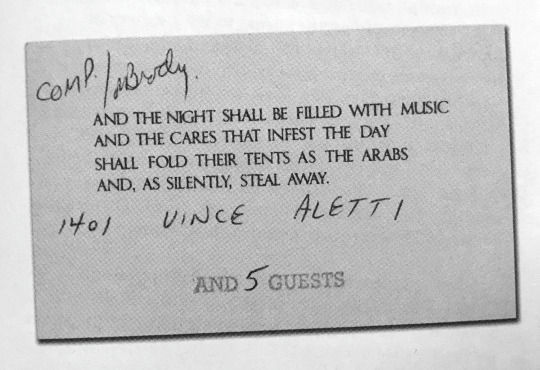
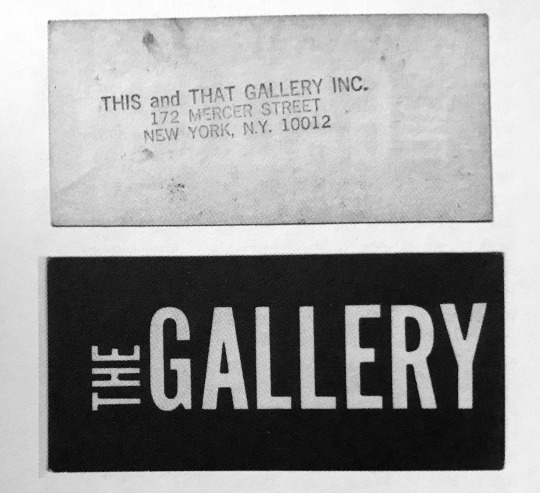
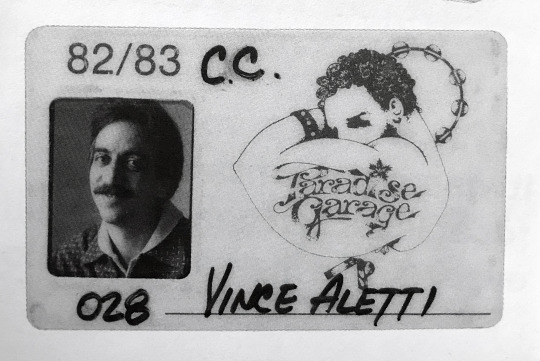
Four from the card-carrying disco critic and collector - Vince Aletti (as included and published in The Disco Files: 1973-78) Dap Books, 2018
https://www.abebooks.com/9780956189608/Disco-Files-1973-78-New-Yorks-0956189601/plp
1 note
·
View note
Text
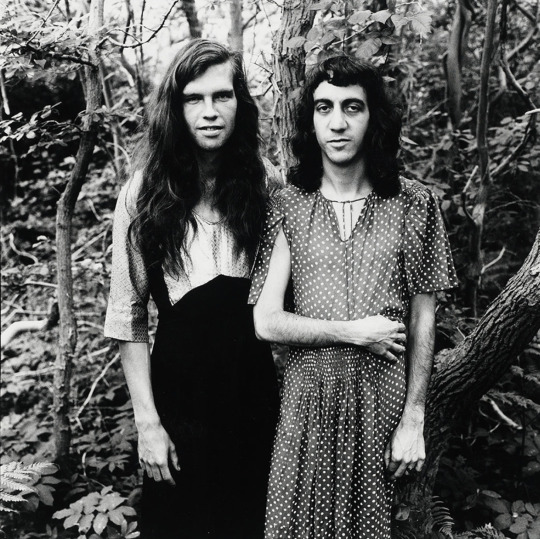
Peter Hujar Bill Rafford and Vince Aletti in Dresses, Fire Island, New York 1971
47 notes
·
View notes
Text


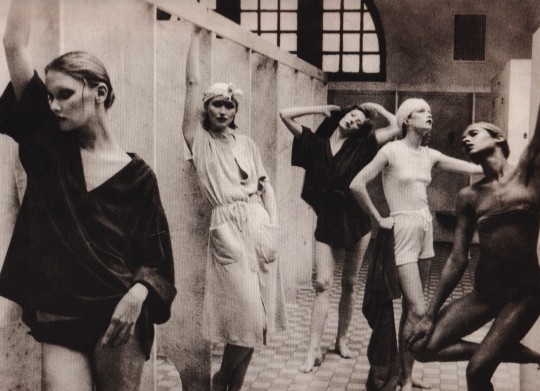
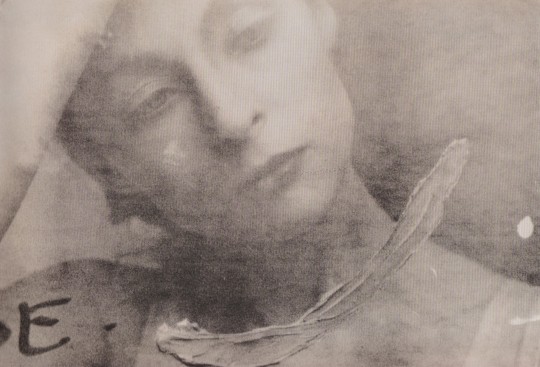
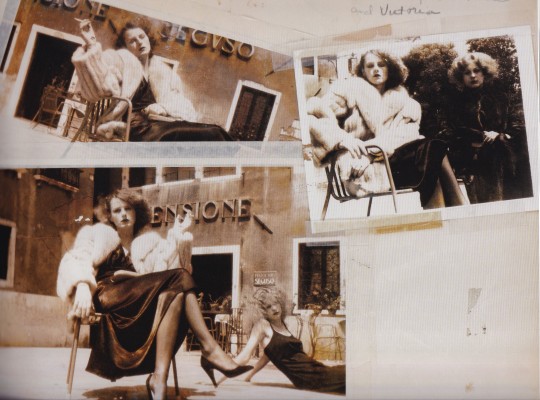
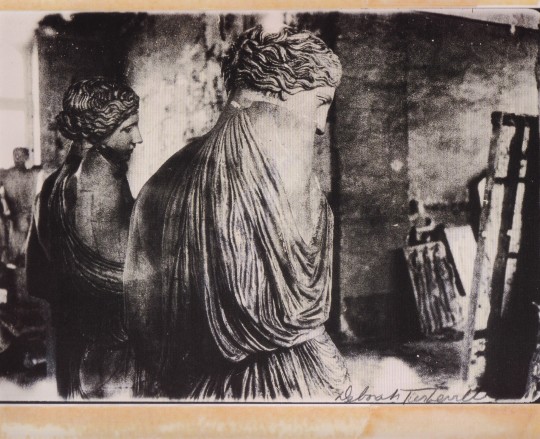
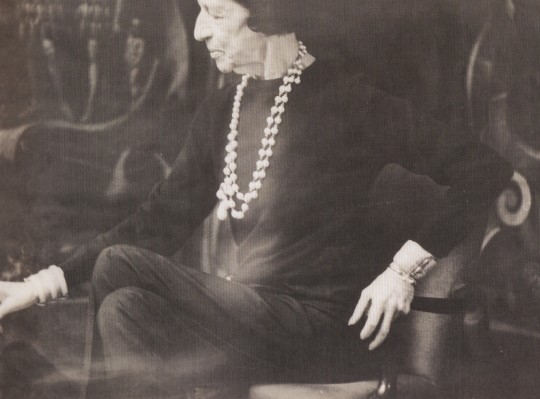
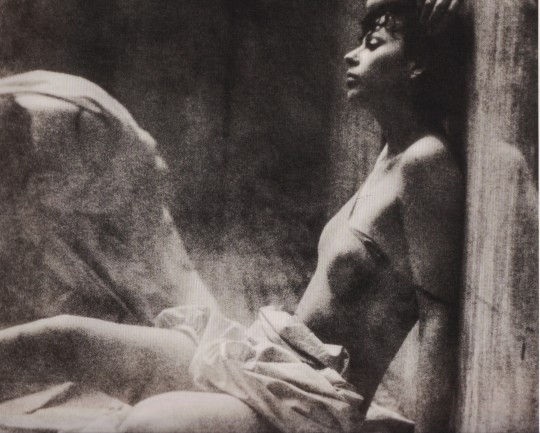
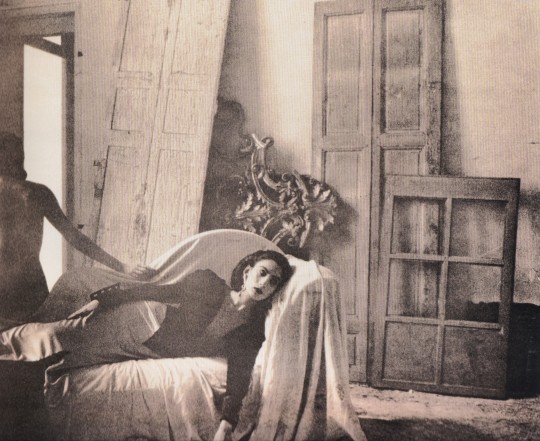

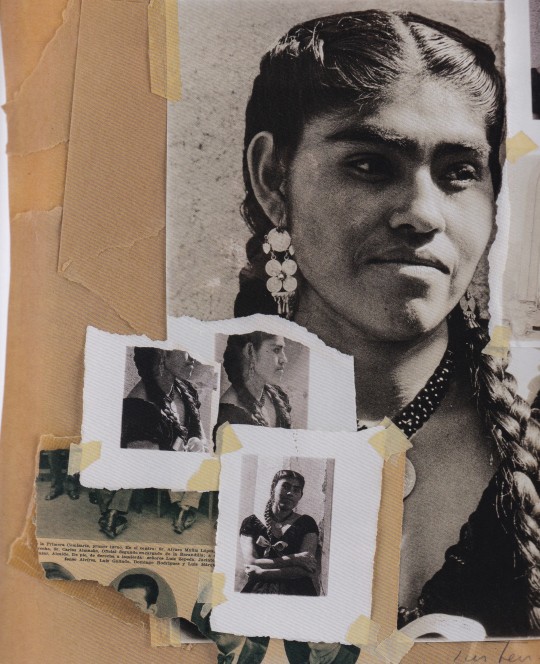
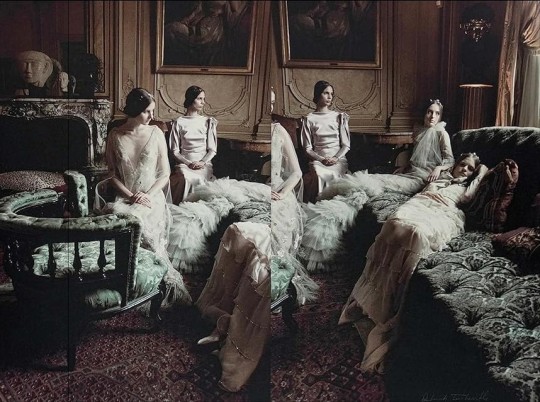
Deborah Turbeville Photocollage
Nathalie Herschdorfer
Texts by Vince Aletti, Anna Tellgren and Felix Hoffmann
Thames & Hudson, London 2023, 240 pages,188 color illustrations, 26,32x31cm, ISBN 9780500026212
euro 60,00
email if you want to buy [email protected]
Timeless, evocative, and hauntingly beautiful photocollages in a retrospective monograph by a truly innovative image maker whose female gaze transformed fashion photography.
American photographer Deborah Turbeville defies classification. She belongs to no school nor movement. Her unique visual signature has been recognizable since her emergence as a major talent in the 1970s. Her images are evocative, difficult to date at first glance, and seem dreamlike to our twenty-first-century eyes, a very different representation of feminine beauty from the highly sexualized works of her male contemporaries.
This new publication focuses on the area of Turbeville’s practicewhere her genius as an artist can be found: photocollage. In contrast to her contemporaries in fashion photography, she was deliberately playful with her images: xeroxing, cutting, scraping, and pinning prints together, writing in the margins and creating narrative sequences. Her work is located far from single, glossy images. It inhabits a liminal zone between art and commerce.
Built upon extensive research in the Deborah Turbeville archive, the work shown spans commercial and personal projects, with many images published for the first time. With texts by Vince Aletti, Anna Tellgren, and Felix Hoffmann, this book brings into the spotlight the ways in which Turbeville redefined fashion photography, moving away from the sexual provocation and stereotypes assigned by male photographers to an idea of femininity on her terms. Deborah Turbeville: Photocollage will be an essential publication with modern relevance for all with a passion for fashion photography.
26/12/23
#Deborah Turbeville#photography books#Photocollage#american photographer#Diana Vreeland#fashion photography#fashionbooksmilano
16 notes
·
View notes
Text
Overlooked No More: Claude Cahun, Whose Photographs Explored Gender and Sexuality
(June 19th, 2019)
Society generally considered women to be women and men to be men in early-20th-century France. Cahun’s work protested gender and sexual norms, and has become increasingly relevant.

“Untitled (Claude Cahun in Le Mystère d’Adam)” by Claude Cahun and Marcel Moore, 1929.Credit...Estate of Claude Cahun, via San Francisco Museum of Modern Art
by Joseph B. Treaster for The New York Times
In early-20th-century France, when society generally considered women to be women and men to be men, Lucy Schwob decided she would rather be called Claude Cahun.
It was her way of protesting gender and sexual norms. She thrived on ambiguity and she chose a name, Claude, that in French could refer to either a man or a woman. She took the last name from her grandmother Mathilda Cahun.
Cahun (ca-AH) made ambiguity a theme in a lifelong exploration of gender and sexual identity as a writer and photographer. Decades after her death, she has a growing following among art historians, feminists and people in the lesbian, gay, bisexual, transgender and queer community.
Working in Paris in the racy 1920s and ’30s alongside Surrealist artists and writers, long before the rise of the gender-neutral “they” as a pronoun and the advent of terms like transgender and queer theory, Cahun created stark, sometimes playful, but deliberately equivocal photos of herself.
Here she’s a man. There she’s a woman. Sometimes she’s a little of both. Sometimes her head is shaved. In one photograph, Cahun brings together two silhouette portraits of herself, bald and austere, sizing each other up. “What do you want from me?” her caption reads.
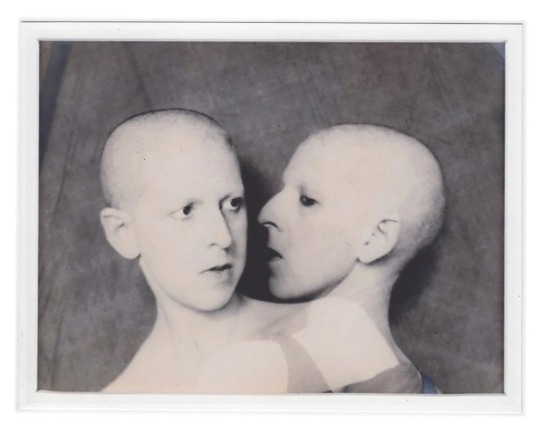
“Que me veux-tu?” by Claude Cahun, 1928.Credit...Claude Cahun, Musée d'Art Moderne de la Ville de Paris, via Alamy
“Masculine? Feminine?” she wrote in her book “Aveux non Avenus,” published in English as “Disavowals.” “It depends on the situation. Neuter is the only gender that always suits me.”
As writer and photographer, Cahun worked at upending convention. “My role,” she wrote in an essay published after her death, “was to embody my own revolt and to accept, at the proper moment, my destiny, whatever it may be.”
Cahun’s writing is complex and often difficult to follow, scholars say. But it provides context for the photographs and the weave of her life.
The photographs are by far her most compelling work. At first, scholars thought of them as self-portraits. But the gathering consensus is that Cahun choreographed and posed for the photos, and that her romantic partner, Marcel Moore, who was born Suzanne Malherbe, often pressed the button. It was a collaboration.
Cahun died on Dec. 8, 1954, at age 60, on the tiny Channel Island of Jersey off the Normandy coast of France. Hardly anyone noticed. “Disavowals,” her most heartfelt book, had not been well received. And she had never exhibited the photographs.
In the 1990s, however, she received a rush of attention as gender issues were gathering steam around the world. “Suddenly,” said Vince Aletti, a New York photography critic and curator, “she seemed incredibly of the moment.”
A French writer, François Leperlier, published a book on Cahun and helped organize the first exhibition of her work, at a museum in Paris. An English edition was published as “Claude Cahun: Masks and Metamorphoses.”
Professors and graduate students in art history and in feminist and gender studies began writing about her. Art museums wanted her work.
Cahun’s photographs have been displayed in group shows in the last two years in nearly a dozen museums in London, Paris, Washington, Melbourne, Warsaw and elsewhere. She is featured in a group exhibition running through early July at the Contemporary Jewish Museum in San Francisco. Another group show opened in Bonn, Germany, in late May, and one opened in Sweden in mid-June.
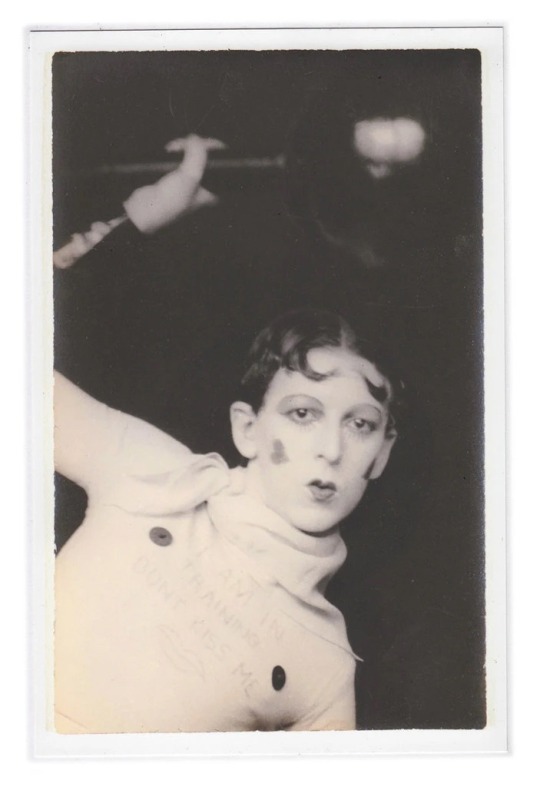
“Untitled,” by Claude Cahun and Marcel Moore, circa 1928.Credit...Estate of Claude Cahun, via San Francisco Museum of Modern Art
Tellingly, many middle and high school students have attended the San Francisco exhibition, said Lori Starr, the museum’s director.
“In Cahun you’ve got an artist who turns the camera on themselves to see who else they can become,” said David J. Getsy, a professor at the School of the Art Institute of Chicago who specializes in gender and sexuality in art. “Isn’t that what we’re all doing now with cellphone photos? This is one reason young people might see themselves in Cahun.”
Paris named a street for Cahun and Moore in 2018. That same year, Christian Dior brought out an androgynous collection inspired by Cahun.
Cahun’s art spoke to David Bowie, who was known for his shifting personas. He arranged a flashy, high-tech, outdoor presentation of her photographs in New York in 2007, telling reporters her work was “really quite mad, in the nicest possible way.”
Lucy Renee Mathilde Schwob was born on Oct. 25, 1894, in Nantes, a provincial capital 200 miles southwest of Paris, to Maurice Schwob, the owner and publisher of the regional newspaper Le Phare de La Loire, and Victorine Mary-Antoinette Courbebaisse.
When she was 4, her mother began to show signs of mental illness and her grandmother took her in.
At 12, Lucy was sent to boarding school in England after French classmates began harassing her with anti-Semitic taunts. Back in Nantes at about 14 or 15, she met Suzanne Malherbe, who was two years older. The encounter, Cahun would write, was like a lightning strike.
Eight years later, Cahun’s father remarried. His new wife was Marie Eugénie Malherbe, Suzanne Malherbe’s mother. That made Cahun and Moore stepsisters, which created the appearance of a conventional relationship.
In Paris, they lived comfortably off family money. Drawing on her studies at the Sorbonne, Cahun wrote for literary magazines and journals, published at least two books and performed in experimental theater.
Moore worked as an illustrator and theatrical designer. Their apartment became a gathering place for writers and artists. They talked about social justice and debated communism as a counterforce to fascism. André Breton, a leader of the Surrealist movement, wrote in a letter to Cahun in the early 1930s that she was “one of the most curious spirits of our time.”

Left, “Marcel Moore” and right, “Self Portrait,” by Claude Cahun, 1928. Credit...Jersey Heritage Collections/Jersey Heritage
Scholars are convinced that the choice of the name Claude Cahun was an important and symbolic expression of Cahun’s worldview. “It was not just a pen name,” said Jennifer L. Shaw, an art history professor at Sonoma State University in California and the author of a biography of Cahun. And yet Cahun and Moore usually called each other Lucy and Suzanne. Many friends and relatives also addressed them by those names.
In a similar separation between the intimate and the public, scholars say, the photographs were more part of a private conversation than something to present to the world.
“They were in the mode of investigation, who you could be, how you could be, projecting yourself into another skin, another universe,” said Tirza True Latimer, a professor at the California College of the Arts in San Francisco, who first wrote about Cahun in her Ph.D. thesis nearly 20 years ago. “These were two lesbians living within certain constraints. The photographs, the acting out, were a way of being free. It wasn’t really about producing an art object.”
In 1937, with tension rising in prewar Paris, Cahun and Moore decamped for Jersey, where they bought a large granite house overlooking St. Brelade’s Bay.
When the Nazis rolled over France in 1940, they took Jersey and the other Channel Islands. Cahun and Moore fought back — with their typewriter and pens, writing short messages to the Germans under the guise of an unhappy soldier they called “the soldier with no name,” said Louise Downie, the director of curation at the Jersey Heritage Trust, which has the main collection of Cahun’s and Moore’s work.
The messages — written on small bits of paper, sometimes even toilet paper — said that the war was lost, that German troops should look out for themselves. They called Hitler a vampire. Whatever the soldiers’ commanders might say, one note read, “Nobody dies for us.”
They slipped the notes into uniform pockets at the laundry, under windshield wipers and into cigarette packs left on cafe tables, Val Nelson, the senior registrar at the Jersey trust, said.
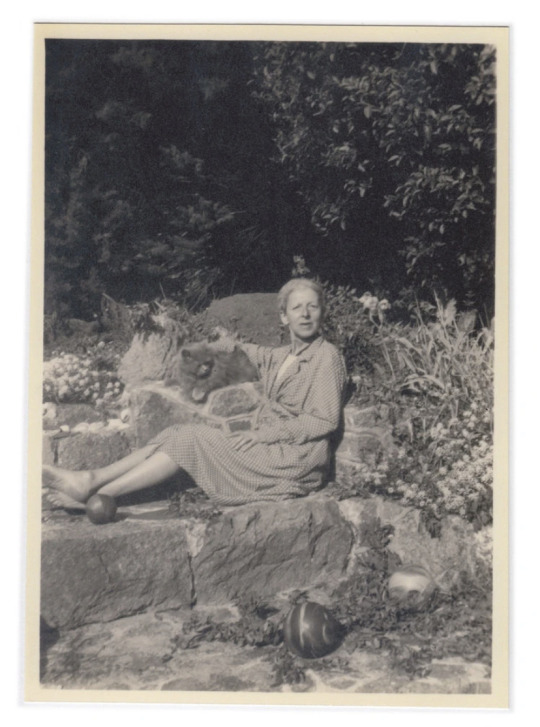
“Self Portrait,” with cat, in garden, by Claude Cahun, 1950. Credit... Jersey Heritage Collections/Jersey Heritage
It was a small-scale effort, with serious consequences. Cahun and Moore had a suicide plan and carried barbiturates. After three years they were caught and sentenced to death. Twice, they tried to kill themselves but underdosed. The war ended and they went free.
Cahun died nine years later and was buried in the churchyard next to their house. Moore took her own life 18 years after that. They are now together under a single gravestone inscribed with two Stars of David and their birth names.
Why they did not put Claude Cahun and Marcel Moore on the tombstone — or use them in their handwritten wills — is a mystery. There are no clues at the Jersey trust.
But whatever their reasoning, Cahun and Moore remain symbols of how people can break free of society’s preconceptions.
“Their lives were a performance around the questioning of identity,” Jonathan Carter, the chief executive of the Jersey trust, said.
#gender#claude cahun#history#lgbtq history#lgbtq#france#the new york times#joseph b treaster#the 20th century#lgbtq archives#archives#archival#archive#dior#david bowie
106 notes
·
View notes
Photo

Nan Goldin. She is our hero. What more can we say? Her work, her life, her advocacy, her utter bravery. Images and spreads are from 'Nan Goldin: This Will Not End Well,' published by @steidlverlag and going fast. This is the first book to present a comprehensive overview of Nan Goldin’s work as a filmmaker. Accompanying the retrospective show and tour of the same name, organized by @modernamuseet Stockholm, the book draws from the nearly dozen slideshows and films Goldin has made from thousands of photographs, film sequences, audio tapes and music tracks. The stories told range from the trauma of her family history to the portrayal of her bohemian friends to a journey into the darkness of addiction. By focusing exclusively on slideshows and video installations, 'This Will Not End Well' aims to fully embrace Goldin’s vision of how her work should be experienced. The book retains the presentation of the slide shows by showing all images in the same format on a black background and sequenced as they are in the sources. The 20 texts, the majority of which are newly commissioned by Goldin, complement and deepen the intention of her work. Edited by Teresa Hahr, Fredrik Liew. Text by Vince Aletti, Thomas Beard, Guido Costa, Marvin Heiferman, Roni Horn, Patrick Radden Keefe, Caitlín R. Kiernan, Fredrik Liew, Gabor Maté, Eileen Myles, Cookie Mueller, Alfred Pacquement, Darryl Pinckney, Rene Ricard, Lucy Sante, Sarah Schulman, Anne Swärd, Hala Wardé, David Wojnarowicz. Interview by Andrea Lissoni. Drawings by Hala Wardé. Traveling to @stedelijkmuseum @neue_nationalgalerie @pirelli_hangarbicocca @nangoldinstudio #nangoldin #nangoldinthiswillnotendwell #thiswillnotendwell #womenshistorymonth #womenshistory https://www.instagram.com/p/CpP62bUu3Ds/?igshid=NGJjMDIxMWI=
6 notes
·
View notes
Photo
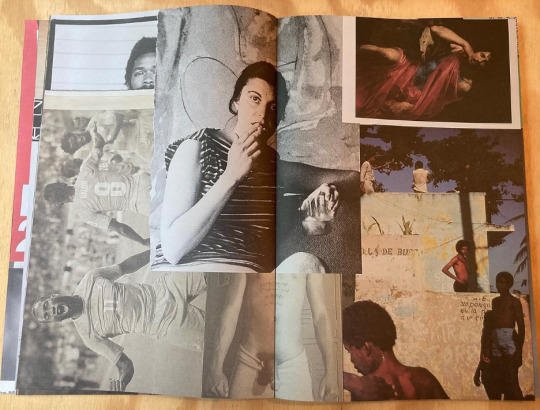
Vince Aletti via Dashwood
5 notes
·
View notes
Photo
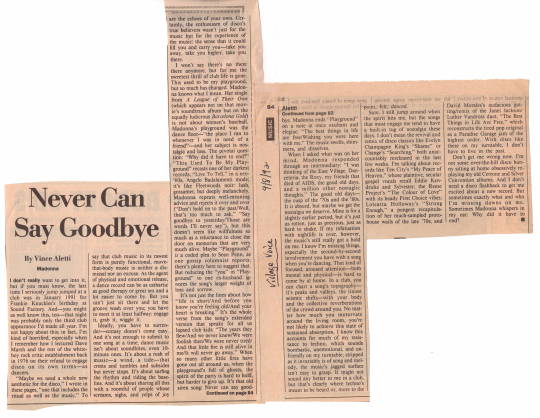
"I was thinking of the East Village, Danceteria, The Roxy, my friends that died of AIDS, the good old days, and a million other nostalgic thoughts." Madonna 1992
via @craigspoplife
#Madonna#1992#Vince Aletti#this used to be my playground#Danceteria#The Roxy#East Village#NYC#madonna 1992#Queen Of Pop
18 notes
·
View notes
Text
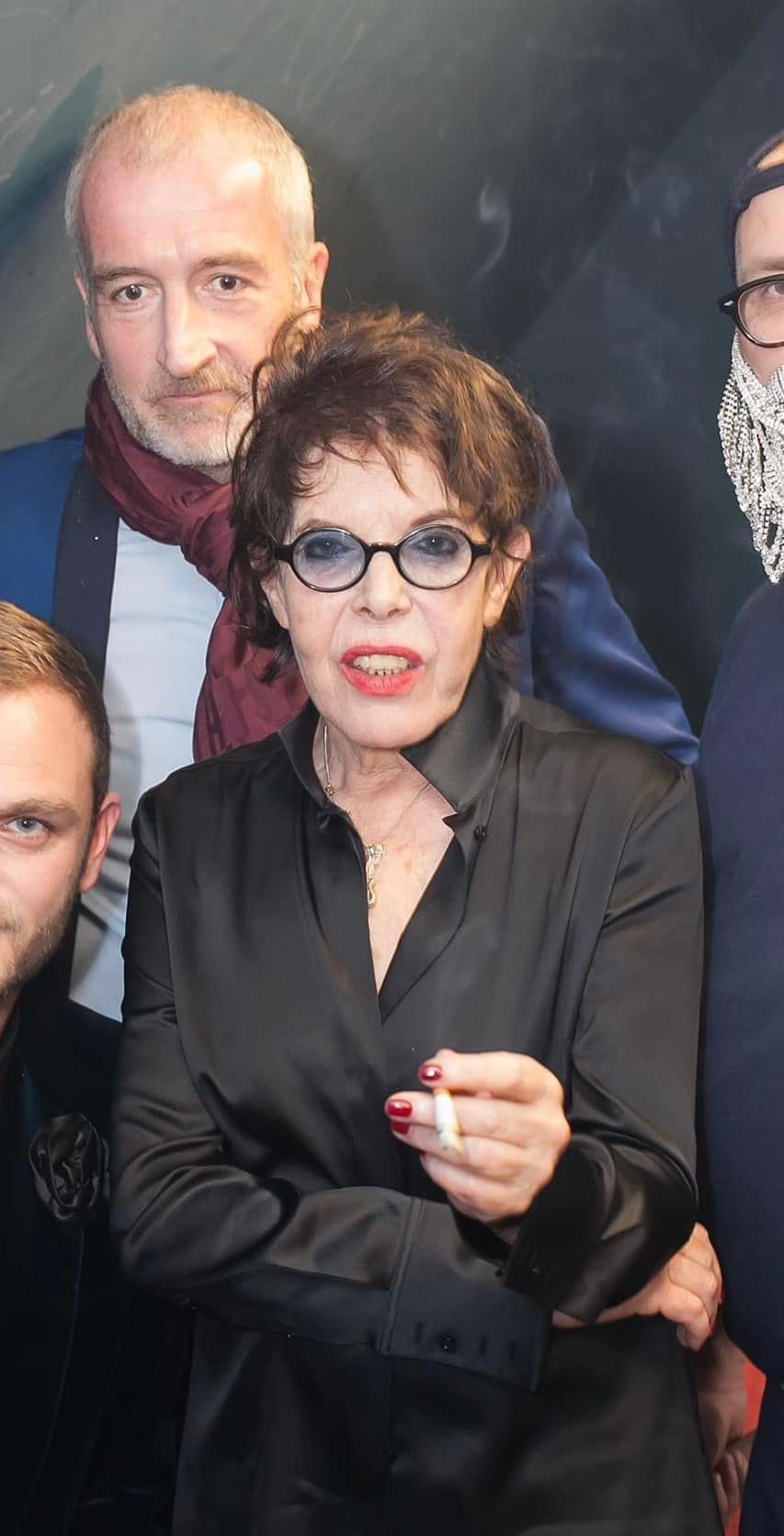
Fabrice De Rotrou, l'auteur du livre Dico Disco , est également le créateur de l'émission "I Love disco" sur FG chic. Il a laissé un message concernant Dani sur sa page Facebook.
"Dimanche, dans I Love Disco, sur FG Chic, je passerai deux de ses chansons.
Et je me souviendrai longtemps de ce concert que j’avais organisé grâce à Rejane et Philippe, dans le cadre de cette soirée, La Madame Klaude que j’avais créée, et que la photo ci-dessous a immortalisé.
Dani manque aujourd’hui à ses amis et à sa famille. Elle a eu une sacrée chance, elle a eu du temps. Avec tout ce qu’elle avait consommé de drogues – elle l’avait racontée dans un livre –, elle aurait dû partir plus tôt.
Parce qu’au bout du compte, et à force de tourner en rond sur soi-même et les autres, les deux seules vraies richesses humaines sont le temps et le sentiment.
Alors, on peut juger, dénigrer, fustiger, il reste quoi de tout ça ? Rien ou peut-être, le souvenir de quelqu’un, de l’émotion affectueuse qu’il suscitait, de la tendresse qu’il prodiguait.
Et puis, le silence, le vide et la nuit noire quand le souvenir disparaît avec son thuriféraire ou simplement son porteur.
De le comprendre, de l’admettre rend la vie encore plus belle, peut-être plus nécessaire et sans crainte, plus légère."
Le lien de l’épisode .
3 notes
·
View notes
Text
Due to being on vacation, I've gone to a bunch of art museums today, both of which ended up being somewhat tangentially associated with gay artists (John Singer Sargent at one and then flipping open a book at the gift shop at the other only to get blasted with exposed dicks cuz it had a bunch of stuff from Vince Aletti's collection lmao)
This ultimately led me down an Interesting wiki dive that sort of went like this
Vince Aletti -> Had a photo from the "Couplings" exhibit featuring Francis Bacon artwork -> Wiki page for Francis Bacon because I remember his "Portrait of Innocence X" -> Starts reading his biography because I'm gay -> "oh those are the Black Triptychs" -> "FUCK T_T"
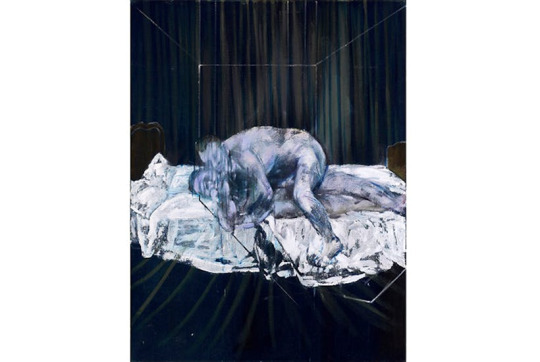
Two Figures (1953)

Study after Velázquez's Portrait of Pope Innocent X
The Black Triptychs ended up being my stopping point on this dive because it was. Christ, it was intense. I won't go into the details of the context, mostly because I'm sure there's already been plenty said about it but also because I'm more interested in examining something my friend said they felt when they looked at them. They said that it "feels painful to look at, specifically to even parse what's going on." Here's the three triptychs below:
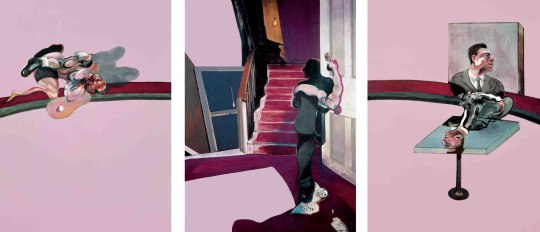
In Memory of George Dyer

Triptych - August 1972

Triptych, May–June 1973
A lot of Francis Bacon's art tends to have this indecipherable blobby mess look to it, in all fairness, but in these cases the mess becomes much more visceral given the context. The indistinct pools or purple and red become puddles of sickly, bloody vomit. The discolored skin of the figure becomes an indication of impending death or just straight up a corpse. I can't help but feel as if these paintings are an attempt to let us feel a fraction of the feelings that Bacon himself felt when finding Dyer dead from his successful suicide attempt. I myself feel confusion, visceral disgust, pity, sadness, tl;dr these paintings make me feel like shit. I imagine that this intense mix of emotions is what it must have felt like for Bacon at the time. Complicated, disturbing, a complete mess. Just magnified by an unknowable amount.
The one that kills me the most is the first one, honestly: In Memory of George Dyer. And it's mostly because of the progression in each part of the piece. A mangled body, a lifeless entrance to a home, a portrait of Dyer and what I can only assume to be Bacon himself on the bottom bleeding into each other before the ink leaves both portraits altogether. It feels the most like death to me.
#sene's brainrot corner#francis bacon#the black triptychs#george dyer#finding these paintings made me sad lmao#so I felt like ranting a bit about them
1 note
·
View note
